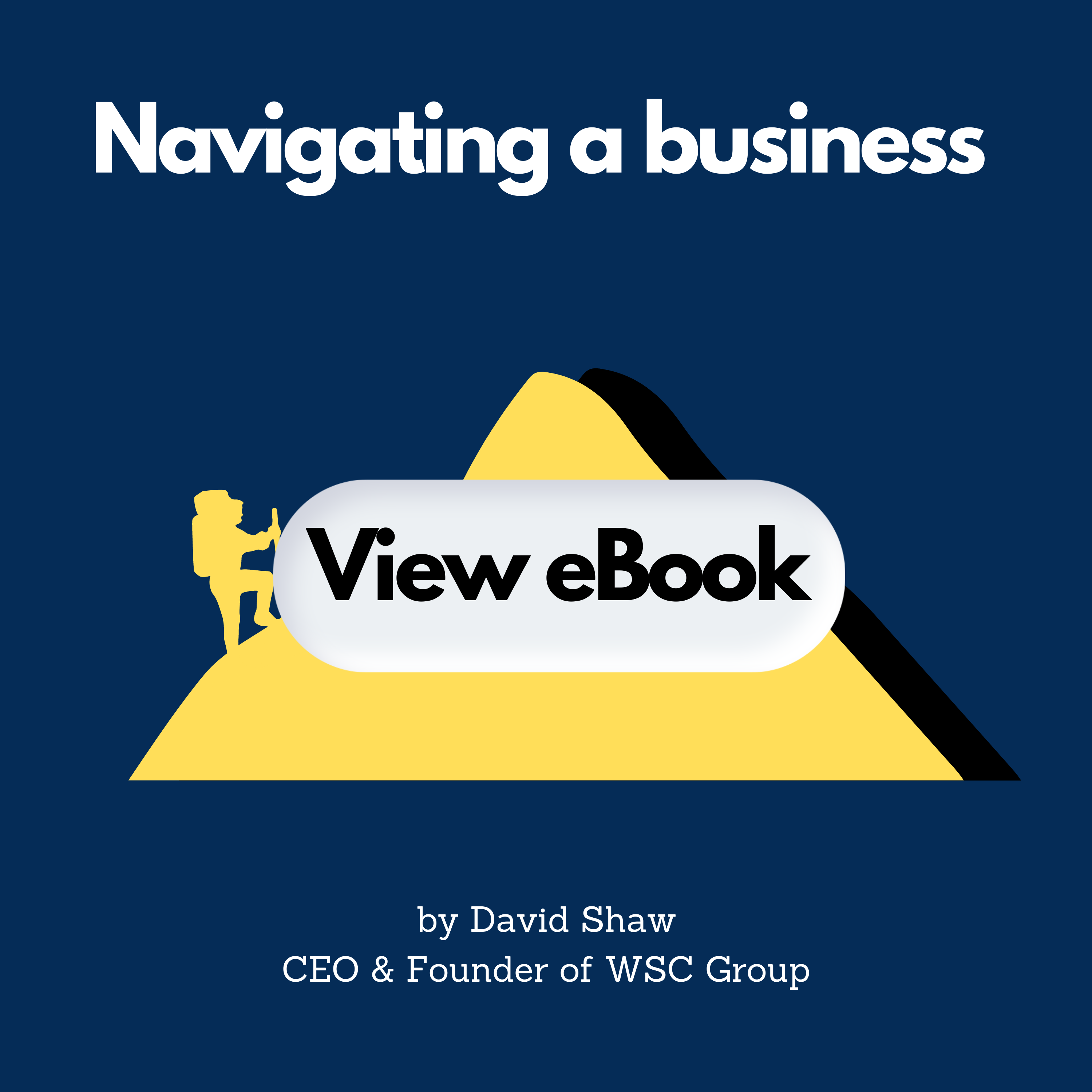Market Wrap
Economic and market overview
- It wasn’t just the horses racing away during Melbourne Cup month. Risk assets, including equity and credit markets, performed very well worldwide and clawed back some of their lost ground from earlier in the year.
- The S&P/ASX Accumulation 200 Index added 6.6%, with Materials and Utilities stocks leading the way. Overseas share markets fared well too, particularly in Asia amid hopes Chinese authorities might be preparing to relax their ‘zero Covid’ stance.
- Fixed income also enjoyed a month of positive returns, as bond yields fell meaningfully in most major regions.
These moves followed a lower-than-expected inflation print in the US. This suggested substantial interest rate hikes over the past few months might be having their desired effect and, in turn, that central banks might slow the pace of policy tightening.
US: All eyes were on the release of inflation data, which was released for the month of October.
- Headline CPI came in at an annual rate of 7.7%; still a high figure, but well below the 8.2% year-on-year rate in the previous month and the lowest level since January of this year.
- The release immediately benefited share markets in the US and elsewhere, as it signalled that the Federal Reserve’s significant policy tightening over the past few months might finally be bearing fruit and dampening inflationary pressures.
- The federal funds rate was increased by a further three quarters of a percentage point during the month, but consensus forecasts suggested interest rates might start to be raised in smaller increments going forward.
In other news, despite persistent talk of an economic slowdown – or even recession – firms remain sufficiently confident to keep hiring new staff. More than a quarter of a million new jobs were created in October and the total for September was also revised substantially higher.
Australia: The Reserve Bank of Australia raised interest rates by 0.25 percentage points in early November. This was the second consecutive quarter percentage point move, following the previous four 0.5 percentage point moves.
- Investors took this as a signal that policymakers might be concerned about the adverse economic impact of aggressive rate hikes, and that they could tread more carefully from now on.
- As we have highlighted before, a large proportion of Australian homeowners are on variable rate mortgages and higher borrowing costs can therefore have an immediate impact on spending patterns. With higher numbers of homeowners on fixed rate mortgages overseas, rate hikes elsewhere typically affect activity levels with more of a lag.
- The prospect of higher repayment costs is weighing on consumer confidence in Australia. With the exception of early 2020 – during the initial Covid lockdown – consumer confidence is at its lowest level for more than 30 years.
It is plausible this could feed through to lower discretionary spending in the months ahead, potentially dragging the economy into recession.
New Zealand: Official interest rates were raised by 0.75 percentage points, to 4.25%; the biggest single move on record and taking borrowing costs to their highest level since 2009.
- House prices – which tend to be closely correlated with consumer confidence levels and discretionary spending – are now falling on a rolling annual basis, bringing more than a decade of unbroken price growth to an end.
Like in Australia, this is almost certainly a concern for policymakers. That said, Reserve Bank of New Zealand officials remain steadfast in their fight against inflation, suggesting a recession may be necessary to bring inflation back into the 1% to 3% target range by 2025.
Europe: Pricing pressures and central bank policy remained front and centre of attention in Europe too. Inflation is at 70-year highs in Germany and has risen to 11.5% in the European Union as a whole.
- GDP growth in the Eurozone remains positive for now – running at an annual rate of 2.1% in the September quarter – but most forecasters are anticipating a sharp slowdown as higher borrowing costs start to bite.
- Official interest rates were unchanged, following a 0.75 percentage point hike in late October, but are expected to be raised again when the European Central Bank meets again in mid December.
- In the UK, interest rates were raised by 0.75 percentage points, to 3.0%. This was the largest single increase in borrowing costs since the 1980s and one that took base rates to their highest level in 14 years.
- The Governor of the Bank of England suggested investors need to pare back their terminal rate expectations, however, which resulted in a drop in gilt yields and favourable returns from UK government bonds. By month end, investors had moderated their expectations for where interest rates might peak.
Bank of England officials also suggested the UK could be heading for a deep recession. Growth is forecast to contract for the next 18 months or so, with a cumulative 3% shrinkage in GDP. Unfortunately, Britons are facing the biggest drop in living standards since the 1950s.
Asia/EM: For now, China is persisting with its ‘zero Covid’ policy. We’ve seen growing social unrest with the situation and there are signs of a possible shift in the country’s official stance.
- Determined to restore economic growth back up to pre-pandemic levels, authorities may be preparing to relax some of the current restrictions that are in place. Officials suggested a “substantial change” could be forthcoming, raising hopes that the economy could fully re-open early next year.
- This could be good news for other countries too, potentially helping to unblock supply chains and ease shortages and pricing pressures for some goods.
Australian dollar
- The Australian dollar often performs well during ‘risk-on’ periods and that was the case in November. The AUD appreciated by 4.7% against the US dollar, closing the month at 67.0 US cents.
- The AUD also strengthened against other major currencies, although the moves were less substantial. The AUD trade-weighted index added 1.3% over the month, for example, underlining that much of the move against the US dollar was due to broad-based weakness in the greenback, rather than particular strength in the Australian dollar.
Australian equities
- October’s rally in Australian shares was maintained in November. All sectors charged higher, propelling the S&P/ASX Accumulation 200 Index to a gain of 6.6%.
- Positive investor sentiment was ignited by better-than-expected economic and inflation data, as well as an increase in merger and acquisition activity. Softer inflation prints in the US and Australia were particularly warmly greeted by investors and ensured a ‘risk-on’ mood persisted throughout the month.
- The Utilities sector posted the strongest performance, surging 20.9%. Origin Energy was a standout, rising 41.1% following an $18.4 billion takeover proposal from Brookfield and EIG Partners. Origin’s Board granted the consortium exclusive due diligence and the offer will be recommended to shareholders.
- The ramp-up of support measures for China’s under-pressure property sector, and increasing civil protests, prompted hopes that the world’s largest buyer of iron ore might abandon its ‘zero Covid’ policy and ultimately evoke renewed commodity demand.
- Iron Ore miners such as Fortescue Metals Group (+31.8%), Rio Tinto (+24.3%) and BHP Group (+21.8%) helped drive the Materials sector 16.2% higher, as the miners benefited from revitalised market optimism and stronger iron ore prices.
- Financials also appreciated, albeit only modestly. Softer contributions by National Australia Bank (-0.2%) and ANZ Banking Group (-0.3%) were offset by positive contributions from Commonwealth Bank (+3.0%), Macquarie Group (+7.3%) and Westpac (+1.3%).
- The Communication Services sector was another relative underperformer for the month, rising ‘only’ 2.1%.
- Domain Holdings Group (-8.4%), operator of the property sales website, fared particularly poorly. Softer listings appeared to be the catalyst for management to reduce margin expectations and submit a deteriorating FY23 outlook in the company’s AGM, tempering market expectations for future share price performance.
- Although underperforming large caps, the S&P/ASX Small Ordinaries Index posted a strong 4.9% increase over the month. The Materials sector (+13.2%) was the greatest contributor, followed by Financials (+5.1%).
Listed property
- Global property securities added value in November, with property markets continuing to recover some of their losses from prior months.
- The FTSE EPRA/NAREIT Developed Index increased by 2.0% in Australian dollar terms, although modestly underperformed broader equity markets.
- Macroeconomic news, particularly commentary from central banks on the outlook for interest rates, continued to influence market sentiment.
- The best performing regions included Hong Kong (+14.0%) and Sweden (+8.9%). The economic outlook remains subdued in both cases, but the markets outperformed following significant weakness relative to peers in recent months.
- Laggards included Japan (+0.8%), and Germany (+2.4%).
- The UK market also managed a modest positive return, despite a shift in the tone of Bank of England guidance. Commentary has shifted from the likelihood of further interest rate hikes to the probability of a deep and lengthy recession.
- A-REITs fared well too (+5.8%), consistent with strength across the broader Australian share market.
Global equities
- Suggestions that interest rates in key regions might not need to be raised as much as previously thought provided a strong tailwind for equity markets.
- The MSCI World Index rose 5.7%, albeit by less in AUD terms owing to strength in the Australian dollar.
- The major indices in the US registered solid gains. The S&P 500 Index returned 5.6%, while the tech-heavy NASDAQ closed the month 4.4% higher. Technology firms were frequently in the news during the month, as it emerged that several are planning on laying off significant numbers of staff.
- European markets performed better still. The Euro Stoxx 50 added 9.6%, thanks to strong showings from German, Italian and French stocks.
- Asian stocks were the star performers, benefiting from optimism around a potential relaxation of Covid restrictions in China.
- The CSI 300 in China added nearly 10% over the month, although shares in Hong Kong performed even better; the Hang Seng soared more than 26%, the best month for the Index since the late 1990s.
Global and Australian Fixed Income
- Government bond yields fell in most major regions, following the lower-than-expected CPI print in the US and as investors revised down their interest rate forecasts.
- These moves benefited returns from fixed income securities; the Bloomberg Global Aggregate Index (AUD hedged) added 2.4% over the month.
- Perhaps unsurprisingly, the drop in yields was most significant in the US. Yields on 10-year Treasuries closed November 44 bps lower, at 3.61%. Investors are still anticipating further increases in the federal funds rate in the months ahead, but the size of future rate hikes are expected to be smaller than the recent +75 bps moves.
- Various leading indicators have started to roll over in the US and elsewhere, suggesting actual economic data releases could weaken in the months ahead. Any acceleration in this theme could see bond yields remain under downward pressure.
- It was a similar story domestically, with yields on 10-year Commonwealth Government Securities closing the month 23 bps lower. Combined with a narrowing in local credit spreads, this resulted in the Bloomberg AusBond Composite Index returning 1.6%.
Global credit
- Like in the equity space, credit securities benefited from the possibility that interest rates will not be raised as high as previously anticipated.
- Investment grade spreads narrowed sharply – by 28 bps, to 1.54% – resulting in favourable returns from Global Credit portfolios. High yield spreads were little changed over the month, after narrowing sharply in October.
- Generally speaking, lower interest rates are beneficial for companies as they reduce the cost of debt when new bonds are issued or when existing securities are refinanced. In turn, more affordable repayments make it less likely that firms will run into financial difficulty and risk defaulting on their bonds.
- Sentiment towards credit was also buoyed by the completion of earnings announcements for the September quarter. On the whole, profitability remained firm in most industry sectors in the US and Europe. Again, this provides reassurance that corporate borrowers will continue to be able to service their debt repayment obligations and maintain regular coupon payments to bondholders.













